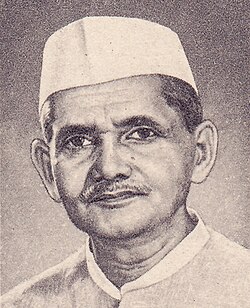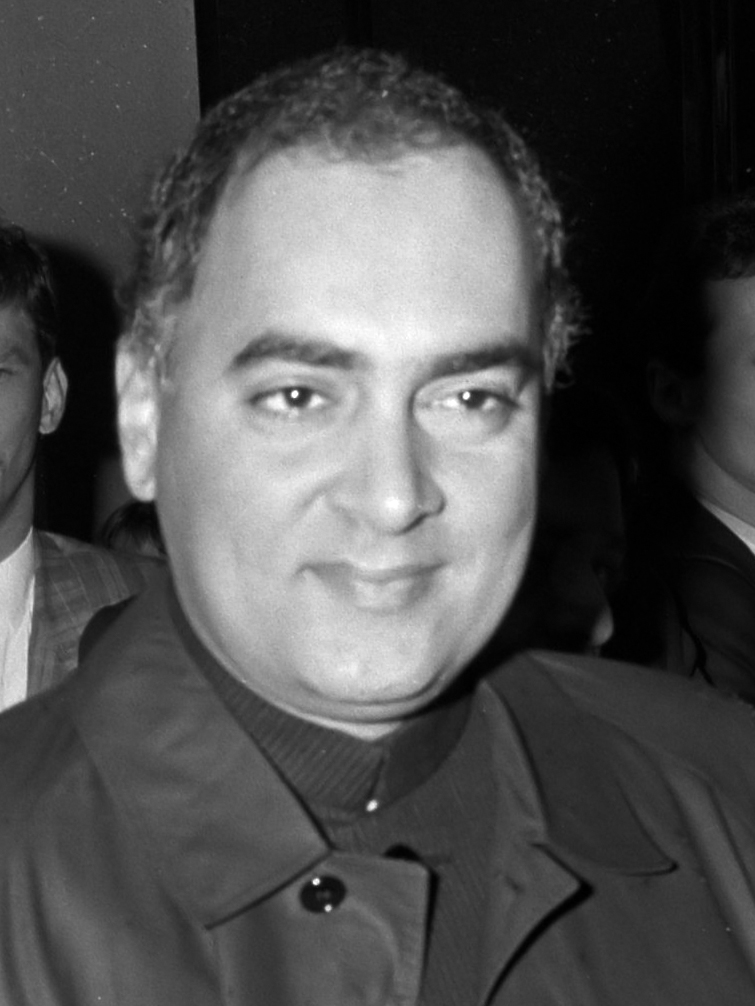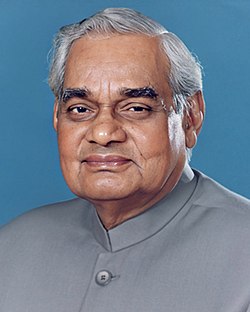Prime Ministers of India
Complete Chronicle of India's Leadership Since Independence
Explore the comprehensive list of all Prime Ministers who have led India since 1947. Discover their backgrounds, achievements, and contributions to the nation's journey.
Leadership Overview

Pandit Jawaharlal Nehru
Jawaharlal Nehru was the first Prime Minister of India and a central figure in Indian politics. A leader of the Indian independence movement, he was a close associate of Mahatma Gandhi and played a crucial role in shaping modern India's political landscape.
Key Achievements & Contributions

Gulzarilal Nanda
Gulzarilal Nanda served as the acting Prime Minister of India twice, following the deaths of Jawaharlal Nehru and Lal Bahadur Shastri. He was known for his work in labor rights and social reform.
Key Achievements & Contributions

Lal Bahadur Shastri
Lal Bahadur Shastri was known for his honesty and humility. He led India during the 1965 war with Pakistan and promoted the Green Revolution. His slogan 'Jai Jawan Jai Kisan' became iconic.
Key Achievements & Contributions
Indira Gandhi
Indira Gandhi was the first and only female Prime Minister of India. Known as the 'Iron Lady of India', she was a central figure in Indian politics for decades and played a crucial role in the creation of Bangladesh.
Key Achievements & Contributions

Morarji Desai
Morarji Desai was the first non-Congress Prime Minister of India. He came to power after the Emergency and worked to restore democratic institutions and civil liberties.
Key Achievements & Contributions
Charan Singh
Charan Singh was known as the 'Champion of farmers' and advocated for agricultural and rural development. He served the shortest tenure as an elected Prime Minister.
Key Achievements & Contributions

Rajiv Gandhi
Rajiv Gandhi became the youngest Prime Minister of India at age 40. He is credited with modernizing India's technology sector and initiating the computer revolution in the country.
Key Achievements & Contributions

Vishwanath Pratap Singh
V.P. Singh implemented the Mandal Commission recommendations, providing reservations for Other Backward Classes. He was known for his fight against corruption and commitment to social justice.
Key Achievements & Contributions
Chandra Shekhar
Chandra Shekhar was a socialist leader and one of the 'Young Turks' in the Congress party. He managed the country during the Gulf War crisis and initiated some economic reforms.
Key Achievements & Contributions
P. V. Narasimha Rao
P.V. Narasimha Rao is credited as the father of economic liberalization in India. Under his leadership, India opened up its economy and initiated major economic reforms that transformed the country.
Key Achievements & Contributions

Atal Bihari Vajpayee
Atal Bihari Vajpayee was a charismatic leader and poet who served as Prime Minister three times. He was known for his oratory skills and played a key role in India's nuclear program and infrastructure development.
Key Achievements & Contributions

Dr. Manmohan Singh
Dr. Manmohan Singh, an economist by profession, served as Prime Minister for two consecutive terms. He was the architect of India's economic liberalization in 1991 and continued reforms during his tenure as PM.
Key Achievements & Contributions

Narendra Modi
Narendra Modi is the current Prime Minister of India, serving since 2014. He previously served as Chief Minister of Gujarat for nearly 13 years. He is known for his development-focused governance and various social and economic initiatives.
Key Achievements & Contributions
About the Office of Prime Minister
The Prime Minister of India is the head of government and exercises most executive power. The office holder leads the executive branch of the Government of India and chairs the Union Cabinet.
The Prime Minister is appointed by the President of India and must have the confidence of the Lok Sabha (House of the People), the lower house of the Parliament of India.
Since independence in 1947, India has had 15 Prime Ministers, with varying tenures and contributions to the nation's development and progress.
Frequently Asked Questions about Prime Ministers of India
Who was the first Prime Minister of India?
Pandit Jawaharlal Nehru was the first Prime Minister of India, serving from August 15, 1947, until his death on May 27, 1964.
Who is the current Prime Minister of India?
Narendra Modi is the current Prime Minister of India, serving since May 26, 2014. He is from the Bharatiya Janata Party (BJP).
Who was the only female Prime Minister of India?
Indira Gandhi was the only female Prime Minister of India, serving two non-consecutive terms from 1966-1977 and 1980-1984.
Who was the youngest Prime Minister of India?
Rajiv Gandhi became the youngest Prime Minister of India at the age of 40 years, following his mother Indira Gandhi's assassination in 1984.